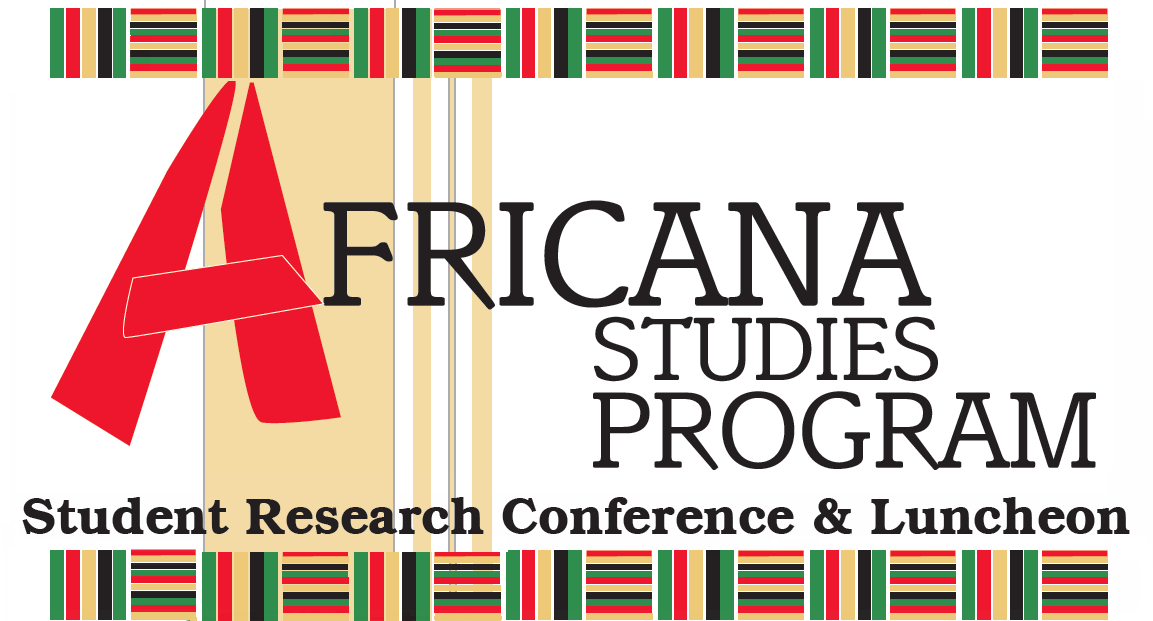
Panel 3: Art
Degree Program
Graduate
Major
Master of Fine Art
Abstract
The proposed presentation, “A Modern Mother: Harriet Powers (1837-1911),” was inspired by Linda Nochlin’s provocative question, “Why have there been no great women artists?” While the question is simple and concise, it enlists a number of responses. The most common response to this question, as pointed out by the contemporary group of artists known as the Guerilla Girls, is to counter with the question: “Why haven’t more women been considered great artists throughout Western history?” The reframing of Nochlin’s question implies the presence of greatness among the female ranks of artists, and allows for discovery and celebration of those forgotten. In response, this paper performs as an exhibition proposal which identifies Harriet Powers, an African-American woman from Georgia, as an important figure working before the start of the shift to modernism near the turn of the century. Powers worked from inside her specific intersection of oppression, a black woman born into slavery, who created abstract quilts, not visually dissimilar to the painted works of Henri Matisse. Though her medium, quilting, has generally been cast off by historians and theorists, we see her influence flows into contemporary art, through material and aesthetic. This paper is part of a continued research project, encompassing a review of literature, visual analysis, and curatorial study. The ultimate intent for the research is to be presented to the Georgia Museum of Art as a formal exhibition proposal to be considered.
Start Date
8-2-2019 10:30 AM
End Date
8-2-2019 11:45 AM
Included in
A Modern Mother: Harriet Powers
The proposed presentation, “A Modern Mother: Harriet Powers (1837-1911),” was inspired by Linda Nochlin’s provocative question, “Why have there been no great women artists?” While the question is simple and concise, it enlists a number of responses. The most common response to this question, as pointed out by the contemporary group of artists known as the Guerilla Girls, is to counter with the question: “Why haven’t more women been considered great artists throughout Western history?” The reframing of Nochlin’s question implies the presence of greatness among the female ranks of artists, and allows for discovery and celebration of those forgotten. In response, this paper performs as an exhibition proposal which identifies Harriet Powers, an African-American woman from Georgia, as an important figure working before the start of the shift to modernism near the turn of the century. Powers worked from inside her specific intersection of oppression, a black woman born into slavery, who created abstract quilts, not visually dissimilar to the painted works of Henri Matisse. Though her medium, quilting, has generally been cast off by historians and theorists, we see her influence flows into contemporary art, through material and aesthetic. This paper is part of a continued research project, encompassing a review of literature, visual analysis, and curatorial study. The ultimate intent for the research is to be presented to the Georgia Museum of Art as a formal exhibition proposal to be considered.

